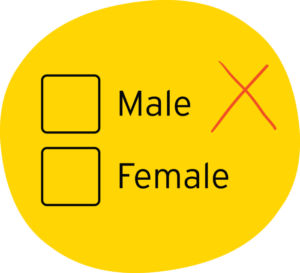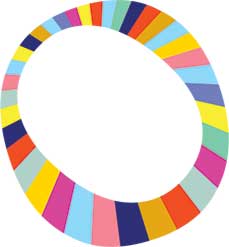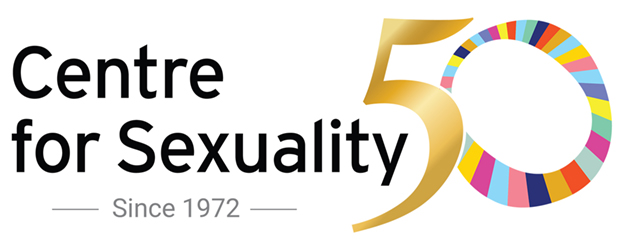Non-binary identities are any gender identities that fall outside the two genders: man and woman.
“Non” stands for not, while “binary” refers to the 2 genders we hear about most often. Not all people who identify with this label experience their gender in the exact same way.

Some ways non-binary people describe their identity include: feeling like they are a third gender, feeling like they are a mix of man and woman, feeling like they are genderless, or feeling like they are somewhere in between the genders of man and woman. This isn’t the first time in history we’ve seen genders outside the traditional two.
Many cultures recognize 3 or more genders.
In Canada for example, some First Nations recognize up to 6 genders. The English word for these genders is “two-spirit” but each First Nation’s language has its own words for these identities. In India, the Hijra are considered a third gender and are legally recognized by the government. Today, in Alberta, our own Provincial government recognizes non-binary identities and the Canadian government is working to incorporate these genders into future census collection and legal documents.
What does being transgender mean about sexual orientation?
Being transgender has to do with your gender identity: how you feel about who you are. It has nothing to do with your sexual orientation: who you are attracted to. Some transgender people are attracted to men, to women, to both, to no one, to other transgender people or to people regardless of their gender.
People will use different labels to describe themselves depending on who they like. For example, a transgender woman who is attracted to men may identify as straight. Some transgender people use the label queer to explain that it’s complicated without having to explain to others why. Language is always changing, so pick the words and labels that feel right for you.

